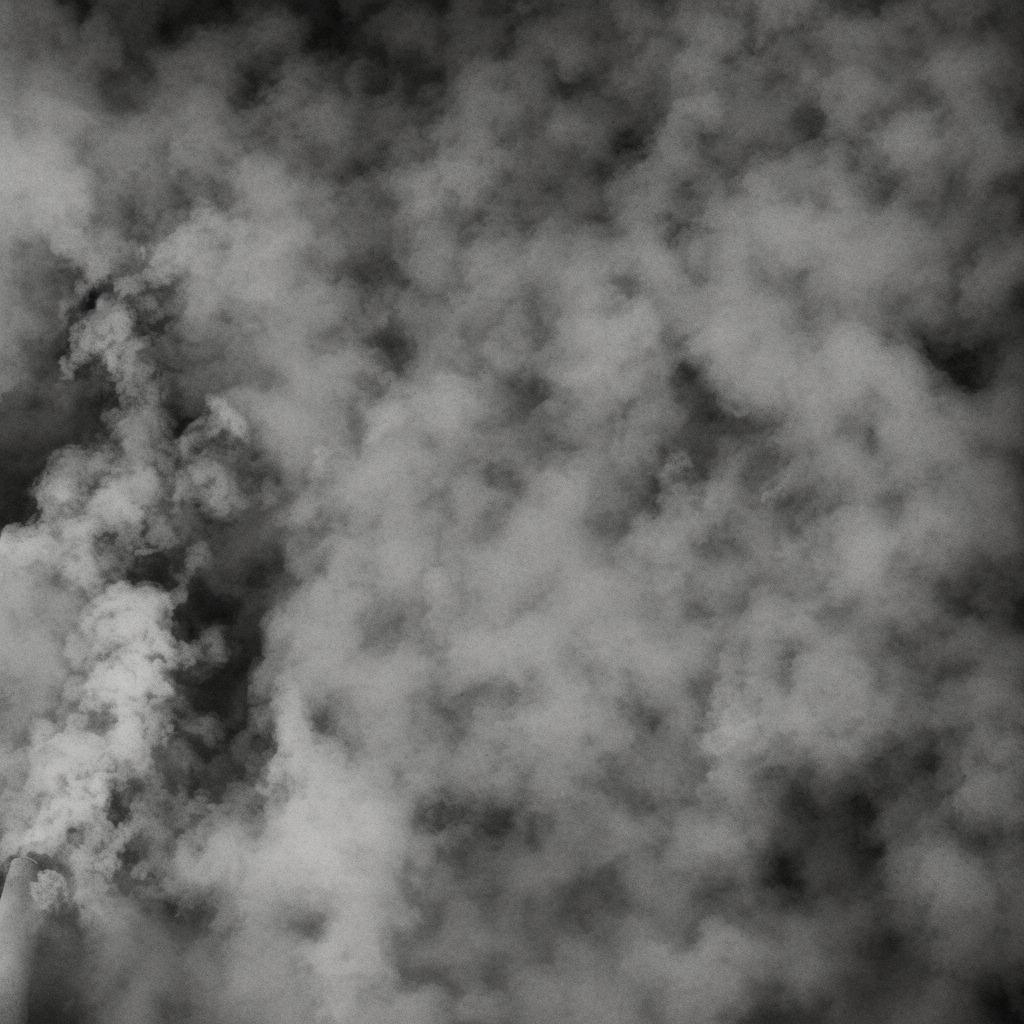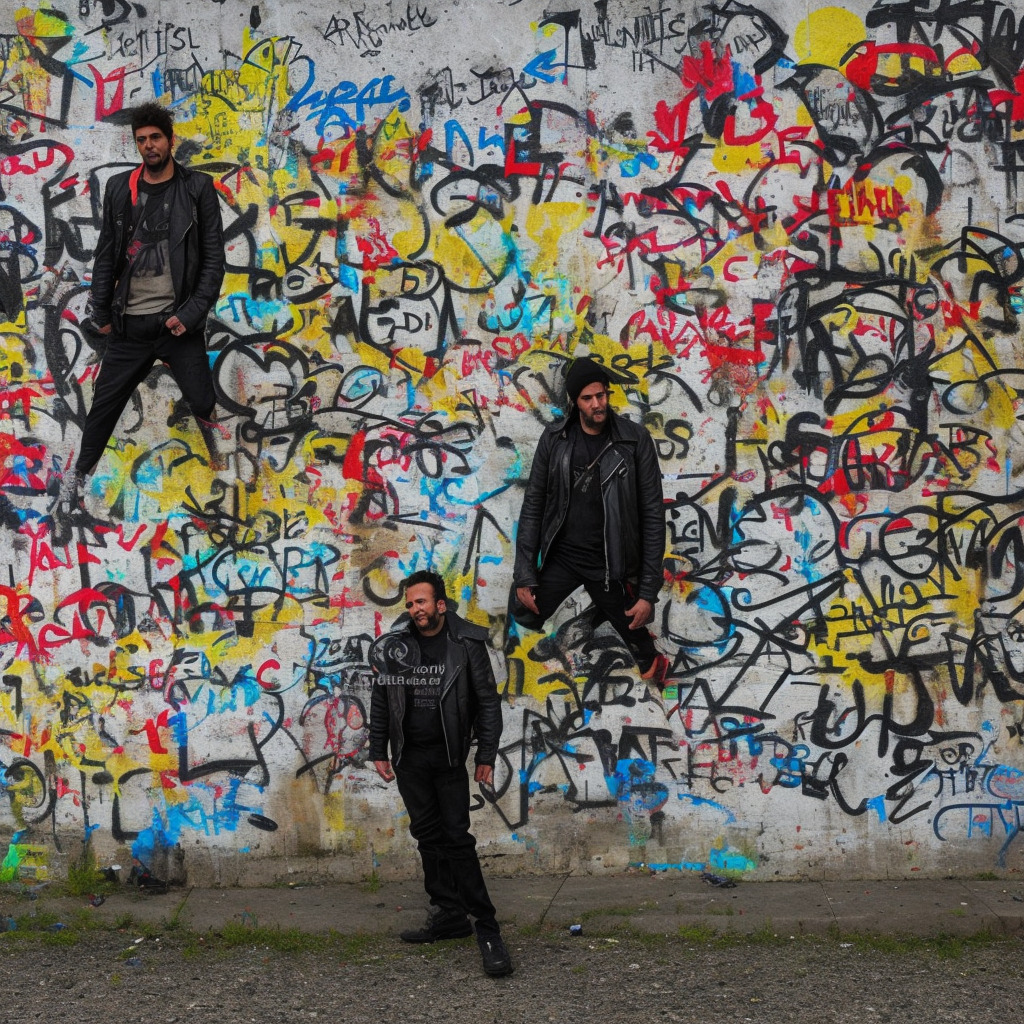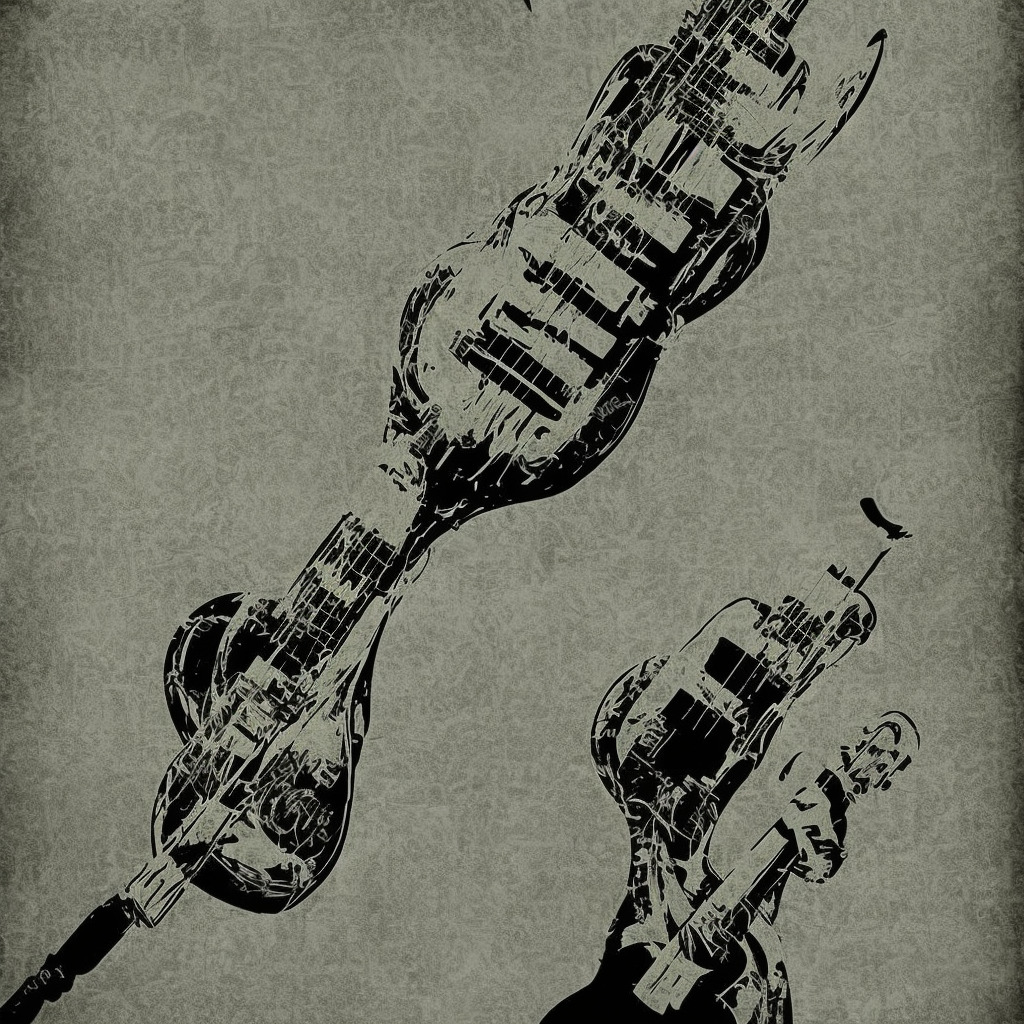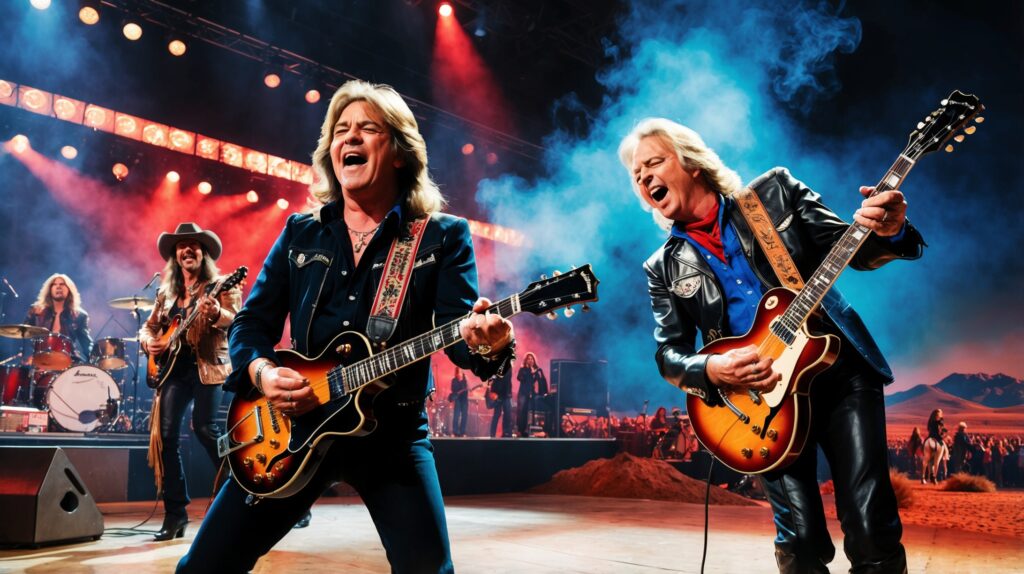🎶 Howlin’ Wolf’s iconic “Smokestack Lightnin'” was inspired by watching trains at night! 🚂 A hypnotic blues masterpiece from ’56 that still shines! 🌟 #HowlinWolf #SmokestackLightnin #BluesLegend #VintageVibes #FunFact🎶 Read about it: tinyurl.com/5edtwead
Unraveling the Mystique of the Wolf
Howlin’ Wolf’s growling vocals and hypnotic rhythms in “Smokestack Lightnin'” capture the raw power of blues, leaving an enduring legacy that transcends generations and inspires artists today.
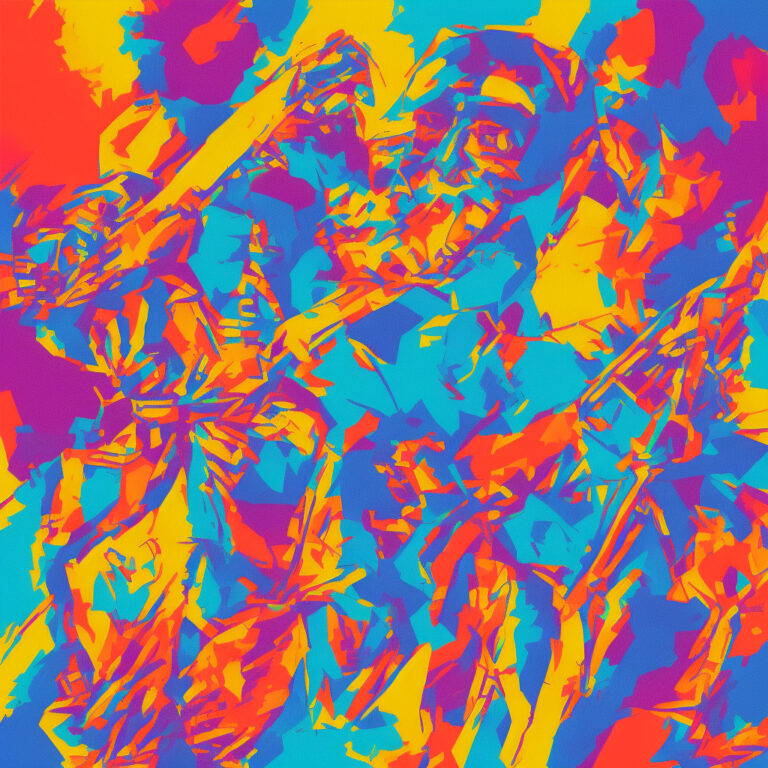
One of the most influential figures in the history of blues music, Howlin’ Wolf (born Chester Arthur Burnett) graced the world with his powerful and distinctive voice. His legendary career spanned over three decades, from the 1950s until his death in 1976. A guitarist, harmonica player, and prolific songwriter, Howlin’ Wolf left an indelible mark on music that continues to inspire artists today.
A key player in Chicago’s electric blues scene, Howlin’ Wolf was known for his unique, growling vocal style that was both chilling and captivating. The song “Smokestack Lightnin'” serves as a prime example of his musical prowess. Released in 1956, this haunting track features the Wolf’s growling voice backed up by a rhythm section consisting of Willie Johnson and Hubert Sumlin on guitar, Hosea Lee Kennard on piano, Willie Dixon on bass, and Earl Phillips on drums. The song’s enigmatic lyrics and hypnotic rhythm have cemented it as one of the quintessential blues recordings.
“Smokestack Lightnin'” has been recognized by several major institutions for its artistic merit. The song was inducted into the Blues Foundation Hall of Fame in 1985, highlighting its importance in the genre. In addition, it was included in the Rock and Roll Hall of Fame’s list of the 500 Songs That Shaped Rock and Roll in 1995, illustrating its influence on later generations of musicians. Furthermore, “Smokestack Lightnin'” was granted a Grammy Hall of Fame Award in 1999, signifying its timeless appeal.
While Howlin’ Wolf’s music has garnered great praise, it is worth noting that his relationships with his bandmates were not always smooth. Sumlin, his most famous guitarist, was known to have endured the brunt of the Wolf’s volatile temperament, with reports of physical altercations between the two during their time together. However, it cannot be denied that their tumultuous partnership produced some of the most memorable blues music ever recorded.
Ultimately, Howlin’ Wolf’s storied career and the enduring legacy of “Smokestack Lightnin'” are testaments to the raw power of the blues. Despite any criticisms that may exist in regard to his interpersonal relationships with band members, there is no disputing the impact of his music on the world of blues and beyond. As his unmistakable voice continues to reverberate through the generations, the mystique of the Wolf remains alive and well.
Charting the Legacy of a Blues Masterpiece
“Decades after its release, Howlin’ Wolf’s ‘Smokestack Lightnin” continues to electrify the music world, transcending genres and securing its place as an iconic blues masterpiece.”

“Smokestack Lightnin'” may have been released more than six decades ago, but its impact on the music world is still felt today. Recorded in January 1956, the electrifying track by Howlin’ Wolf was released as a single the same year under the Chess Records label. While it might not have been a chart-topping sensation at the time, its influence on rock ‘n’ roll and popular music has been nothing short of extraordinary.
In terms of chart success (or lack thereof), “Smokestack Lightnin'” did make its way to the Billboard R&B charts upon its release. However, it peaked at a modest #11, which might come as a surprise given its now-iconic status in the annals of blues music history. The song’s lack of mainstream success at the time of its release can perhaps be attributed to the stiff competition within the blues genre during the 1950s, particularly from fellow legends such as Muddy Waters and B.B. King.
Despite its comparatively low chart position, “Smokestack Lightnin'” has managed to carve out an impressive legacy for itself. The track has been covered by countless artists from various genres, including the Yardbirds, Soundgarden, and even Bob Dylan. This widespread popularity has led the song to be featured on numerous “best of” lists and compilations, further solidifying its status as a blues classic.
One particularly noteworthy achievement of “Smokestack Lightnin'” is its inclusion in the Rock and Roll Hall of Fame’s list of “500 Songs that Shaped Rock and Roll.” This prestigious honor highlights the song’s enduring influence on the music world and particularly on the rock ‘n’ roll genre.
In conclusion, while “Smokestack Lightnin'” may not have been a chart-topping hit back in 1956, its lasting impact on the music industry is indisputable. The song’s #11 peak position on the Billboard R&B charts may not paint the entire picture, but the legacy it has built over the years speaks volumes about its true significance in the annals of blues and rock ‘n’ roll history.
Decoding the Depth of Smokestack Lightnin’
The lyrics of “Smokestack Lightnin'” by Howlin’ Wolf are steeped in emotion, pain, and the spirit of the time, capturing the essence of the struggles experienced by many during the era in which the song was written. Let’s take a closer look at these powerful words:
Oh, smokestack lightnin’
Shinin’, just like gold
Why don’t ya hear me cryin’?
A-whoo-hooo, ooo
Whoo-hooo, whoo-hooo, ooo
The phrase “smokestack lightnin'” is a metaphor for a train, with its smokestack spewing dark smoke as it rushes along the tracks. Trains often symbolized a sense of freedom and escape from the hardships of life, making this imagery particularly poignant during the era when this song emerged.
The line “shinin’, just like gold” denotes hope and opportunity, as gold has long been associated with wealth and prosperity. It also emphasizes the sharp contrast between the dark, oppressive smokestack and the brilliant light of hope, making the train a powerful symbol of salvation and a better life.
When the song was written in the early 1950s, the United States was in the midst of significant social and political changes. The end of World War II saw a shift in population dynamics, with many African Americans migrating from the rural south to the urban north in search of better opportunities. This mass migration created tensions and racial strife, as well as a new sense of hope and possibility.
The lyrics of “Smokestack Lightnin'” encapsulate the longing and pain felt by many during this tumultuous time – a cry for understanding, acceptance, and a brighter future. The repeated refrain of “whoo-hooo, ooo” is not only an expression of anguish but also a rallying cry for change and solidarity.
As an experienced music blogger, it is essential to recognize that the impact of these lyrics extends beyond their historical context. The song’s timeless message of hope, resilience, and the power of the human spirit continues to resonate with audiences today, making “Smokestack Lightnin'” a poignant reminder of our shared history and an enduring testament to the power of music to bring people together.
A Trip Down Memory Lane: Visualizing Smokestack Lightnin’
Smokestack Lightnin’: A Timeless Blues Classic, Inspiring Generations Through Live Performances, YouTube Tributes, and Film Soundtracks.
Though there is no official music video for Howlin’ Wolf’s iconic blues classic “Smokestack Lightnin’,” the song has lived on through various visual representations, paying tribute to the brilliance of the artist and his work. This iconic track has been kept alive by fans, filmmakers, and musicians alike, with each new generation discovering its timeless appeal.
One notable visual representation of “Smokestack Lightnin'” can be found in the form of live performance footage from Howlin’ Wolf himself. The most celebrated example comes from his appearance on the iconic television show Shindig! in 1965. This black and white footage captures the magic of Howlin’ Wolf’s energetic stage presence and is a testament to his immense talent as a live performer. In true blues fashion, the artist is seen pouring his heart and soul into the song, backed by a talented band who perfectly complement his signature growling vocals and powerful harmonica playing.
For fans looking for a more modern take on the song, there’s no shortage of YouTube tributes and covers. A standout among these is a video published by user “Cigar Box Serenade,” which features a unique rendition of “Smokestack Lightnin'” played on a homemade cigar box guitar. The video showcases the musician’s skill and passion, while visually paying homage to the DIY spirit that has fueled blues music since its inception.
Despite the absence of an official music video, “Smokestack Lightnin'” has inspired not just musicians but filmmakers as well. The song has been featured prominently in several films, most notably Jim Jarmusch’s 1999 cult classic Ghost Dog: The Way of the Samurai, starring Forest Whitaker. The inclusion of this legendary blues track adds depth and emotion to the film, underlining the director’s reverence for Howlin’ Wolf’s music and its influence on his storytelling.
Budget constraints and artistic approaches may vary, but the common thread that unites these visual representations of “Smokestack Lightnin'” is a genuine love and appreciation for Howlin’ Wolf’s groundbreaking work. These tributes and interpretations continue to introduce the song to new audiences while keeping the spirit of the blues alive and thriving.
The Mastermind Behind “Smokestack Lightnin'”
The musical genius who composed “Smokestack Lightnin'” is none other than the legendary Chester Arthur Burnett, more famously known as Howlin’ Wolf. Born in 1910 in Mississippi, this iconic blues artist was not only an exceptional guitarist and harmonica player but also a prolific singer and songwriter. Howlin’ Wolf’s innovative and powerful style heavily influenced the blues and rock music scenes, particularly in the 1960s.
Apart from “Smokestack Lightnin'”, Howlin’ Wolf has composed countless other notable songs that are widely celebrated in the realm of blues. One such gem in his repertoire is the evergreen “Spoonful,” a song that has been covered by various artists like Cream and The Who, further cementing its status as an all-time classic. Another prominent composition by Howlin’ Wolf is “Back Door Man,” which was later adapted by The Doors, contributing to the song’s enduring legacy. Howlin’ Wolf’s extensive and impressive body of work continues to captivate music enthusiasts, leaving an indelible mark on the world of blues and beyond.
A Legacy of Accolades and Adaptations
“Smokestack Lightnin’: Howlin’ Wolf’s timeless blues masterpiece transcends genres, captivating hearts in film, television, gaming, and inspiring legendary covers.”
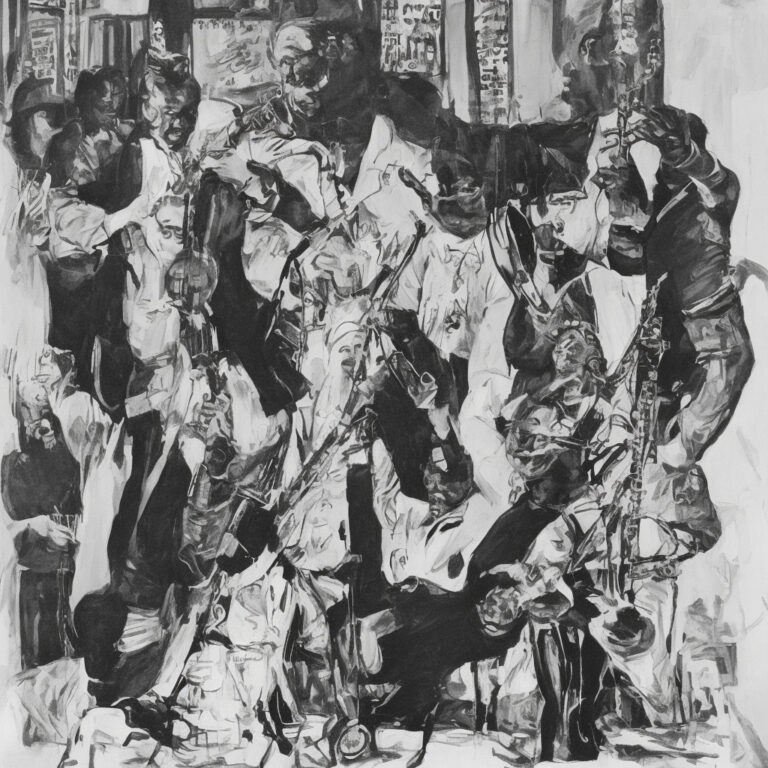
Since its release in 1956, “Smokestack Lightnin'” has been widely acclaimed for both its impact on the music industry and the exceptional talent of Howlin’ Wolf. In 1999, the track was honored with an induction into the Grammy Hall of Fame, further cementing its influential status in the world of music. The song has also earned the prestigious rank of #290 on Rolling Stone’s list of “The 500 Greatest Songs of All Time,” a testament to its enduring appeal.
Over the years, “Smokestack Lightnin'” has transcended the realm of music and found its way into various forms of media. The gripping and raw power of the track has resonated with filmmakers and television producers alike, leading to its inclusion in numerous movies and TV shows. Notable examples include its feature in the films “The Wolf of Wall Street” (2013), “Cadillac Records” (2008), and “The Boat That Rocked” (2009). TV audiences, on the other hand, may recognize the tune from popular show “The Sopranos” (1999-2007).
“Smokestack Lightnin'” has also made an impact in the world of video games. The song was chosen as part of the official soundtrack for the 2013 action-adventure game, “Mafia III,” setting the tone for the game’s intense and immersive atmosphere.
As a testament to the enduring legacy of “Smokestack Lightnin’,” many artists have been inspired to reinterpret and cover the iconic song throughout the years. Perhaps the most famous cover was performed by British rock band The Yardbirds, who included their version of the track on their debut album, “Five Live Yardbirds” (1964). Additionally, rock legends Led Zeppelin, blues juggernaut Muddy Waters, and American rock band The Grateful Dead have all paid tribute to Howlin’ Wolf by incorporating “Smokestack Lightnin'” into their live performances. These countless adaptations not only highlight the versatility of the song but serve as a reminder of the timeless power of Howlin’ Wolf’s original masterpiece.
Diving Deeper into the Musical Layers
“Smokestack Lightnin'” showcases Howlin’ Wolf’s ability to create a highly hypnotic and engaging musical experience. The song is written in the key of E major, which gives it an uplifting and energetic feel. The chord structure primarily revolves around the I-IV-V progression (E-A-B), which is a staple in blues music. This simple yet effective progression provides a solid foundation for the song’s infectious groove.
The tempo of “Smokestack Lightnin'” is moderately slow, clocking in at around 80 beats per minute (BPM). This slow burn allows the listener to fully immerse themselves in the song’s captivating atmosphere. The rhythm section, consisting of drums, bass, and rhythm guitar, creates a steady, driving beat that propels the song forward. The bass line, in particular, plays a crucial role in establishing the song’s signature groove. It follows a repetitive, syncopated pattern that locks in perfectly with the drums and rhythm guitar, creating an irresistible pulse that is sure to get listeners moving.
Howlin’ Wolf’s legendary guitar playing is on full display in “Smokestack Lightnin’.” His signature slide guitar licks and bends are woven throughout the track, adding another layer of depth and emotion to the song. The raw, unfiltered tone of his guitar is a perfect match for the song’s gritty subject matter. Additionally, the use of call and response between the vocals and guitar further adds to the song’s dynamic and engaging nature.
Another noteworthy aspect of “Smokestack Lightnin'” is its use of dynamics. The song masterfully builds tension and release through the subtle interplay between the guitar, bass, and drums. This dynamic interplay is particularly evident during the song’s instrumental breaks, where the band expertly dials back the intensity, only to bring it roaring back with even more fervor.
Overall, “Smokestack Lightnin'” is a prime example of Howlin’ Wolf’s unique and innovative approach to blues music. The song’s hypnotic groove, powerful dynamics, and raw emotion are a testament to the band’s musical prowess and their ability to captivate listeners with their timeless sound.

